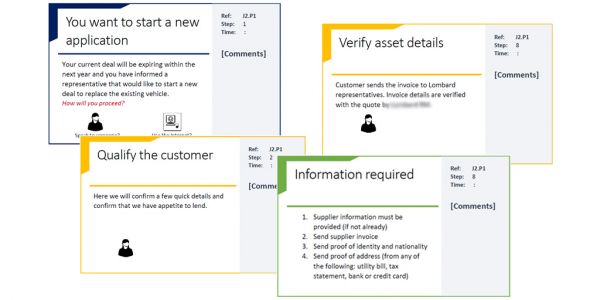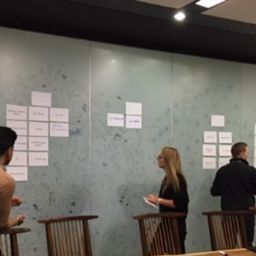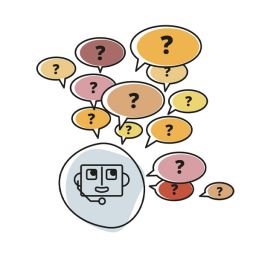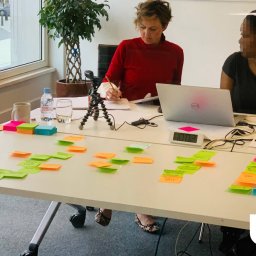
Researching the user journey using process cards
Major UK Bank designs new online user journey with generative research

The Client is one of the UK’s largest banks serving more than 14 million customers through the various brand names it owns. The group’s asset finance brand approached UX24/7 to help transform the entire offline system for application and finance management into a digital proposition.
The bank’s team had completed work internally that defined a range of “use cases” and possible processes that could be translated into the online proposition. They asked UX24/7 to work with their actual customers to map out the user journeys including on and offline touch points, digital and service elements.
We used a generative design research methodology to translate the high-level user journey maps that the bank had created into tangible assets that we could use with the recruited customers.
The research assets created were process cards that simulated the steps in the journey and possible choices and actions that could be taken. They included fixed points in the process where information or a decision was required by the bank. At each step, the participant had to decide what they would want to do next and select an appropriate card. If a card didn’t exist, they could create their own.
The process cards covered the following:
- User story: Describes the situation and goal.
- Input card: describes the input requirements to share information with the bank.
- Step card: Describes the moment in the journey that drives progression or poses a challenge.
- Challenge card: Describes an issues to be resolved that the participant must overcome to proceed.
The research was conducted in one-to-one sessions completed face-to-face using a large workspace so that the entire journey flow could be mapped.
QUICK FACTS
- Generative design research method
- Participants recruited from Bank’s customer base
- Research conducted before digital design
- Customer Centric Journey Mapping
By using the process cards to facilitate the research we were able to map the entire on and offline system. All sub-processes were included and preferences for channel at key points were highlighted.
These are some of the key areas of insight we uncovered:
- At times, the participants expected additional steps to ensure safety and security that the bank hadn’t thought were necessary.
- We were able to identify the points in the various processed where participants expected more control.
- Participants also expected to be able to seamlessly switch between platforms, re-entering the process on smartphone, tablet or PC depending on their circumstances.
- Time-saving elements were also important, with participants expecting the process to pre-qualify early whether they were eligible to avoid wasting their time
The deliverables from this research provided the foundations for the entire digital transformation programme. As each sub process was migrated from offline to online, the “global” map could be used to show how it fit with the other processes and overall.
“Using process cards to facilitate the conversation with participants was crucial in allowing me to translate the high-level user journey maps into something meaningful. We were able to evaluate the user journeys the bank’s team had come up with and generate alternative customer centric journeys where they did not fit.”
UX24/7 Lead Consultant

















